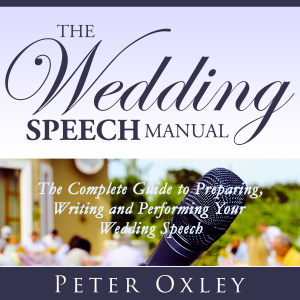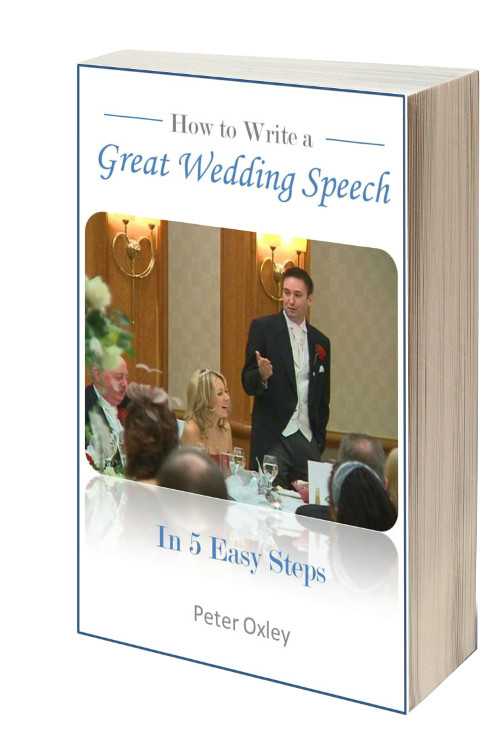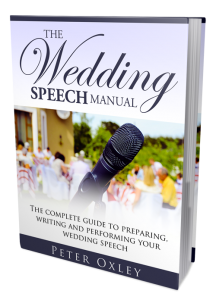Flat Earth: How Understanding the Myths Can Make You a Better Public Speaker
 So we’ve all been fooled: the Earth is actually flat. Yes, this week, in news which falls squarely in the category of: “I thought we’d sorted this all out a few centuries ago??”, American rapper B.o.B. has been explaining to his 2.3m Twitter followers that we’ve been fooled all these years. Forget all of that tricky science and the photographs and people actually seeing things with their own eyes. So far he’s been silent on whether our world is a disc borne on the back of a giant elephant which is in turn standing on four turtles swimming through the void of space – but I’m keeping an eye on his Twitter feed and I’ll be sure to let you know as soon as he does.
So we’ve all been fooled: the Earth is actually flat. Yes, this week, in news which falls squarely in the category of: “I thought we’d sorted this all out a few centuries ago??”, American rapper B.o.B. has been explaining to his 2.3m Twitter followers that we’ve been fooled all these years. Forget all of that tricky science and the photographs and people actually seeing things with their own eyes. So far he’s been silent on whether our world is a disc borne on the back of a giant elephant which is in turn standing on four turtles swimming through the void of space – but I’m keeping an eye on his Twitter feed and I’ll be sure to let you know as soon as he does.
This got me thinking, in a tangential kind of way, about another area where we are often fed (and swallow) big myths: public speaking. We’ve all been there: as soon as we find out that we need to do something like a wedding speech or a business presentation, lots of people pop up with helpful (or not so helpful) advice. Here are five of the biggest myths which are constantly recycled when it comes to public speaking, for you to think about once you’ve stopped wondering where the edge of the world is, and why we don’t ever hear about people falling off it (maybe Donald Trump’s already built us a wall?).*
Myth 1 – Natural public speakers never get nervous
I’m sure you’ve seen a great presenter—whether it’s a friend, a colleague or someone famous— and marvelled at how effortless they make it look, and how they don’t come across as nervous at all. From there it’s a very short leap to think that some people are just “naturals” at public speaking.
Let’s be clear: there’s nothing special about public speaking. It’s a skill, just like reading or writing or playing golf; and like all those skills, it can be learnt and practised. Anyone can learn how to be a public speaker, just like anyone can learn to write a story or kick a ball. In fact, it’s even easier than that, as you’re using a skill you learnt when you were a toddler and have used every day of your life: speaking.
As for “natural” public speakers never seeming nervous, if you were to take a list of recognised great presenters, I bet you’ll find that the majority started off hating the very thought of standing up and speaking in public. Not only that: even the best public speakers will still admit to some level of nerves before standing up: even if you might not think they’re showing them. The key is what they do with those nerves: the best public speakers (just like the best sportspeople, actors and other performers) will channel their nervous energy into their performance, helping them to do the best job they can.
The lesson? We’re all created equal when it comes to public speaking, we all get nervous and we get all learn to get better with practise and training – just like any other skill.
I’ll leave the last words here to that great thinker of our time, Beyonce Knowles (this article is nothing if not high-brow!): “I think it’s healthy for a person to be nervous. It means that you care – that you work hard and want to give a great performance. You just have to channel that nervous energy into the show. I get nervous when I don’t get nervous. If I’m nervous I know I’m going to have a good show.”
Myth 2 – They’ll all hate me / laugh at me
No they won’t. Think back to when you’ve been in an audience watching someone speak. If they stumbled or something went wrong, chances are that your instinct was to sympathise with them, to want things to go well for them. It’s human nature (unless of course you have psychopathic tendencies) to want people to succeed and to help those who are struggling. Whatever you may think of your audience, I’m betting you’d be hard pressed to really consider them all 100% psychopaths – if they are, then you need to seriously reconsider your choice of friends / colleagues / clients!
Myth 3 – Speak to the back of the room
As a highly nervous school kid I was once given a piece of advice when getting ready for a Christmas play: if you’re nervous, just ignore everyone and perform to the back of the hall. Unfortunately, this is advice which seems to have stuck for far too many people, and really should be ignored at all costs.
Think about it. You’re listening to a presenter who stares right past everyone as they talk: all the time. You start to wonder what they’re looking at; even worse, they don’t pick up on the atmosphere in the room and lose the audience’s attention because, rather than talking to people, they’re talking to a big lump of brick and concrete.
Imagine you were having a one-on-one conversation with someone, and rather than looking at you they were staring over your shoulder the entire time. You’d think that person rude, right? You’d also find yourself stopping to care what they had to say to you, as they clearly aren’t interested in you…
Rather than calming your nerves, focusing on the back of the room can have the opposite effect as it results in you losing the interest and support of your audience, therefore making you more nervous when you finally realise this! This is why you should always make eye contact with the people you’re speaking to.
If you feel that looking at all those faces will just make you feel more nervous, then here’s a great tip I was given by an actor named Mark Kempner: speak to the gaps between peoples’ faces. You won’t be focusing on them staring at you; but as far as they’re concerned (especially from a distance) it will look like you’re talking right at them. Win: win!
Myth 4 – Don’t worry about preparing – just wing it!
The worst enemies of the nervous or inexperienced public speaker are those people who make out like there’s some sort of bravado to going into a presentation without having prepared. You should ignore these people. The best public speakers are those who prepare and practise: politicians will spend days if not weeks working on their speeches, while comedians will agonise long and hard over their material. It may look natural and almost off-the-cuff, but that’s only because they’ve worked so hard at it.
The best way to calm your nerves is to be confident that you’ll do a great job: and the best way to ensure this is to prepare!
However, this doesn’t mean you should necessarily script everything and then read it word for word, as this can be a sure-fire way to either increase your nerves (“What if I forget a bit???”), or come across as deathly boring as you read aloud in a monotone spending most of the time staring at your notes rather than the audience (see point 3 above!). If you know the subject of your presentation or speech really well, then you will be able to talk round it without spending the whole time staring down and reading a script.
When preparing for a speech or presentation, I start with a long-form body of text and then distil what I want to say into bullet points—the fewer the better—cutting it down as I practise, removing the bits which are memorised or automatic, and just leaving on paper the bits I really need there. By the time I get to stand up and speak, I’ve got the speech in my head and have only a handful of bulletpoints to hand to refer to in case I get lost.
Myth 5 – If in doubt, put it on PowerPoint
The curse of the modern age is the dreaded PowerPoint presentation. So many people will inflict Death By PowerPoint on their audience, putting their speaker notes up on screen and then reading them out verbatim. This will not only distract your audience, as they’re drawn to the words on screen rather than what you’re saying, but is also incredibly boring: those who are paying attention are likely to be thinking: “Why is she reading that out to me? Isn’t she going to say anything different or new?”
PowerPoint has become a crutch for the inexperienced public speaker, reinforced by years of people watching poor public speakers speak to incomprehensible masses of text or graphs or tables. My one plea to you, for the sake and sanity of your audience, is please, please break this trend and break free of the shackles of PowerPoint.
By all means use PowerPoint if you really need to emphasise a point with something graphical—some complex data for instance—but only if it doesn’t look too confusing. As a rule of thumb, your audience should understand what is on screen within a few seconds of it appearing – if it’s going to take you longer than that to explain it, put it in handouts and let them focus on you talking.
The same goes for text. Whatever you do: never, never, never put more than a dozen or so words on a slide. Whole paragraphs—even whole sentences—are just a distraction.
To my mind there are two great functions of PowerPoint, which if used more regularly would infinitely improve 99% of presentations. One is pressing “B”: this blanks the screen, meaning that your audience have to focus on you, not the screen. The other great function of PowerPoint? The “Exit” button!
* – in case you were wondering, B.o.B.’s response to the tricky question: “How come no-one’s fallen off the edge of the world?” was: “Have u been to the edge? or is that what your science book told you?” So I think we’ll all agree that’s sorted…
https://www.linkedin.com/pulse/flat-earth-how-understanding-myths-can-make-you-better-pete-oxley






